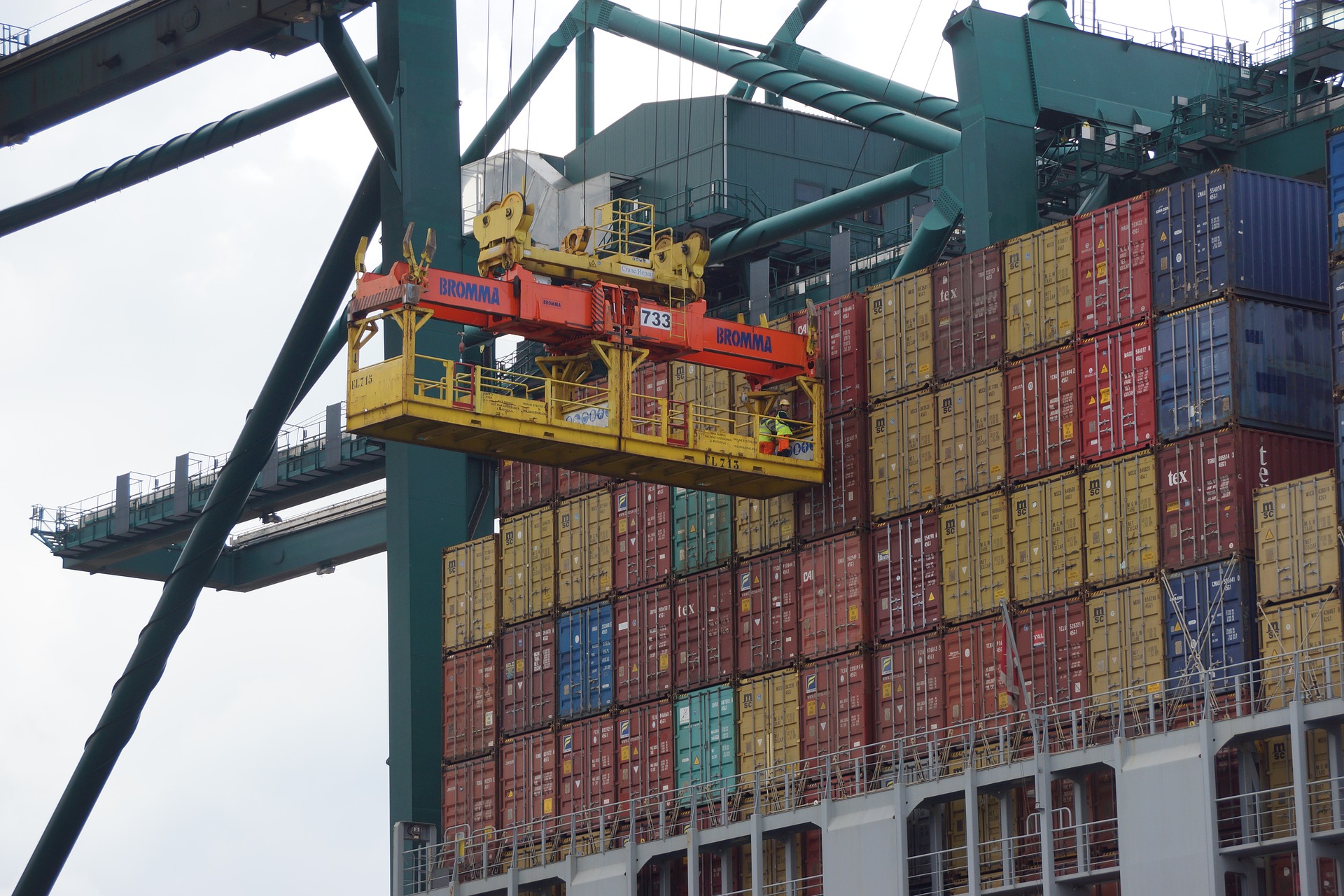
Market potential of lightweight containers

Approximately 90% of global trade are transported in standardized freight containers.
With respect to hauling capacity (mass of the transported goods multiplied by the respective transport-distance) ocean transport is especially efficient, which is also evident from comparatively low transport cost. Because of the sheer volume of trade however, ocean shipping still causes about as much pollutant emissions as Germany. Reducing these is a declared goal of carriers and their customers.
Some large container vessels possess loading capacities in excess of 20,000 standard containers. The empty (tare) weight of these containers alone can thus amount to several tens of thousands of metric tons. The work presented here originates from the idea of developing a more lightweight design for containers in order to reduce fuel-costs and to increase sustainability of international trade.
Methodology
This product idea has been investigated with respect to its market potential during Fraunhofer’s technology transfer program AHEAD in collaboration with independent entrepeneur Thilo Elst. Apart from online research, 18 different stakeholders from the container industry are interviewed directly. Among them are representatives of ocean carriers, logistics companies, and major customers as well as experts for shipbuilding, ship-technology, for the design, operation and certification of containers, for harbor operations and for rail transport. The information gathered from these sources constitutes the basis for assessing the product idea.
Results
The potential market’s volume is very large. Currently, between 20 and 40 million standard containers are estimated to be in use worldwide. Their service life is between 10 and 15 years. Considering procurement costs of 2,000 to 2,500 € per container, maintaining the existing fleet of containers alone requires investment of several billion Euros annually.
Apart from adhering to standard dimensions and interfaces, there are also challenging requirements regarding the mechanical properties of containers, e.g. with respect to stacking, rough seas, and robustness. Considering these, current designs are relatively light already. Significant improvements regarding fuel-consumption and emissions cannot be expected as a result of realistic tare-weight reduction. This applies to road- and rail-transport and especially to ocean shipping, where any reduction in loading may have to be compensated for by taking on ballast-water in order to maintain the vessel’s stability and to optimize its hydrodynamic resistance. Also, only a small fraction of containers shipped today are loaded to their total mass limit. Usually, the available volume is filled long before the mass limit is reached. An increase in individual container payload due to a reduction in tare-weight would therefore be possible only rarely and not to a significant extent.
In light of the above-mentioned information, developing a novel design only focusing on light weight for standard freight containers – despite being technically interesting – would not be economically viable nor would it be sustainable.
"Bringing ideas to the streets"
Assessing the potential of technical ideas as early as possible is an important aspect of sustainable development. Only thus, limited resources can be invested to the greatest positive effect. With the support of Fraunhofer’s AHEAD-program, the assessment of the present idea is successfully achieved.
© Fraunhofer Venture
 Fraunhofer Institute for Structural Durability and System Reliability LBF
Fraunhofer Institute for Structural Durability and System Reliability LBF